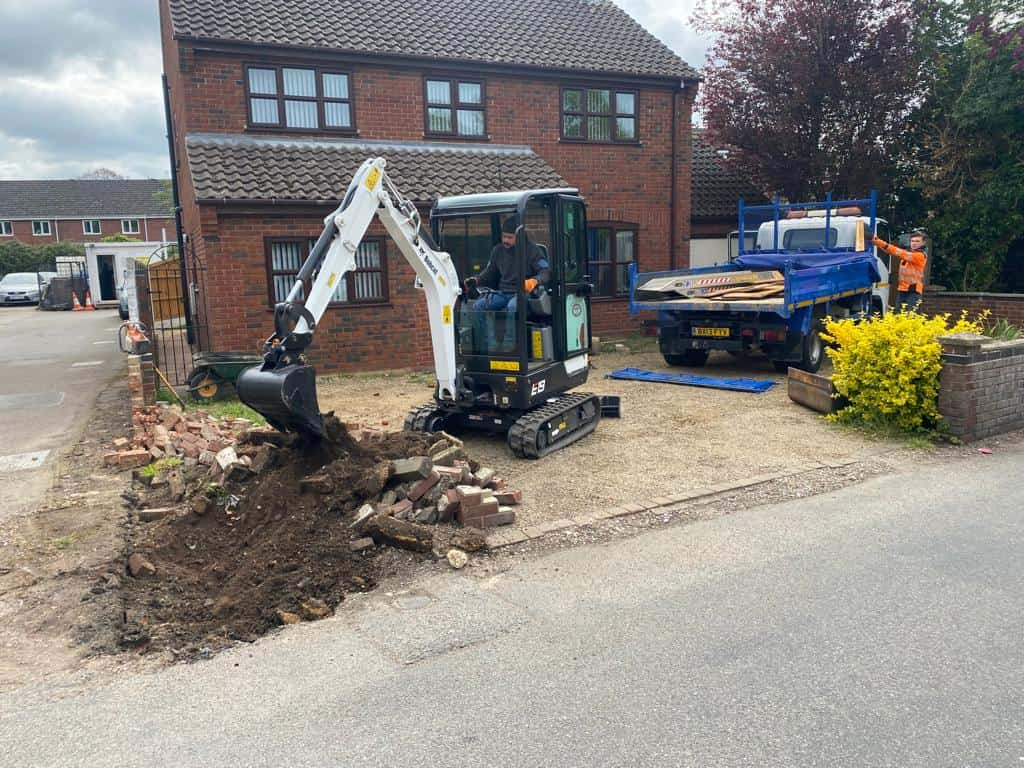The Benefits of Tarmac Roadways for Urban Infrastructure
Introduction: Urban infrastructure is the backbone of any thriving city, and the choice of road materials plays a crucial role in shaping the urban landscape. Among the various options available, tarmac roadways have emerged as a popular choice for urban planners and engineers. This blog post will delve into the numerous benefits of tarmac roadways for urban infrastructure.
1. Durability and Longevity
One of the most significant advantages of tarmac roadways in urban areas is their exceptional durability. Tarmac, also known as asphalt, can withstand the heavy traffic loads and constant wear and tear that urban roads endure. This durability translates into less frequent repairs and maintenance, saving cities substantial time and money in the long run.
2. Smoother and Quieter Roads
Tarmac provides a smooth, even surface for vehicles to travel on. This results in reduced friction and a smoother ride, which benefits commuters and extends the lifespan of vehicles. Additionally, tarmac roadways are quieter than other road surfaces, creating a more peaceful and less noisy urban environment.
3. Enhanced Safety
Safety is paramount in urban areas, where high volumes of pedestrians and vehicles share the road. Tarmac roadways offer excellent skid resistance, reducing the risk of accidents, particularly during adverse weather conditions. Well-maintained tarmac roads with visible markings enhance road safety by guiding traffic and pedestrians.
4. Rapid Construction and Repair
Tarmac road construction is typically quicker compared to other road-building methods. This means minimal disruption to urban life during construction, allowing for faster completion of projects. Additionally, when repairs or upgrades are necessary, tarmac roadways can be resurfaced or patched relatively quickly, minimising traffic disruptions.
5. Sustainability and Recycling
Sustainability is a growing concern in urban planning. Tarmac offers eco-friendly solutions through recycling. Old tarmac can be reclaimed and reused in new road construction, reducing the need for new raw materials and minimising waste. This makes tarmac a sustainable choice for urban infrastructure development.
6. Versatility in Design
Tarmac roadways offer flexibility in design and aesthetics. Urban planners can choose from various tarmac colours and patterns to complement the city’s architectural style and create visually appealing streetscapes. This versatility allows for integrating urban art and design elements into roadways.
7. Support for Multi-Modal Transportation
In modern urban planning, cities aim to accommodate various forms of transportation, including cycling and public transit. Tarmac roadways can be adapted to include dedicated lanes for bicycles and buses, promoting alternative modes of transportation and reducing congestion.
8. Economic Benefits
Investing in tarmac roadways can have substantial economic benefits for urban areas. Improved road infrastructure attracts businesses, encourages tourism, and boosts property values. It also creates jobs during construction and maintenance, contributing to the local economy.
Conclusion: Tarmac roadways have proven to be invaluable asset for urban infrastructure development. Their durability, safety features, sustainability, and versatility make them a preferred choice for cities worldwide. As urban areas continue to grow and evolve, tarmac roadways will play a pivotal role in ensuring efficient transportation, safety, and a high quality of life for residents and visitors alike.
Call us on: 01508 505 225
Click here to find out more about Loddon Driveways & Surfacing
Click here to complete our contact form and see how we can help with your driveway needs.

